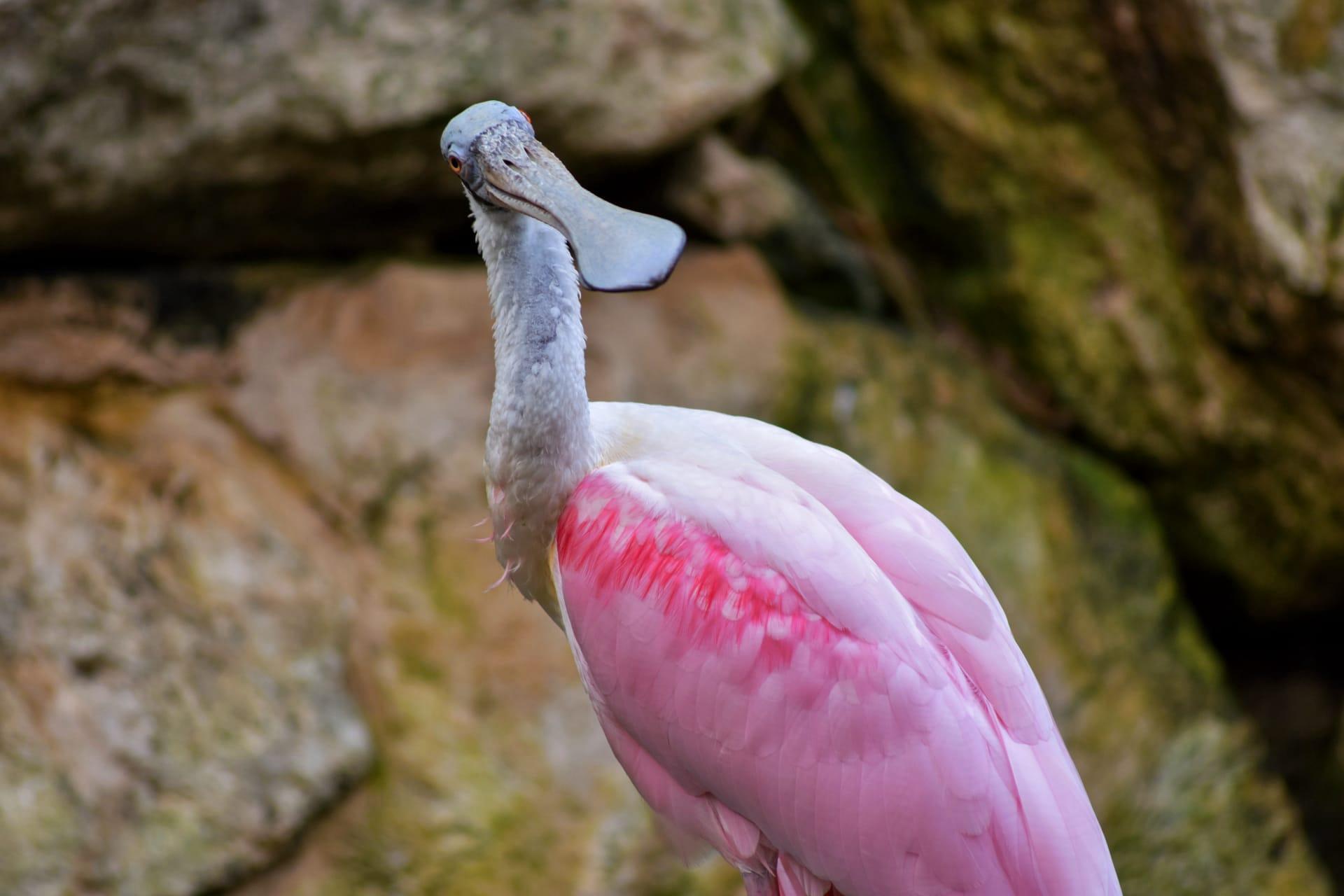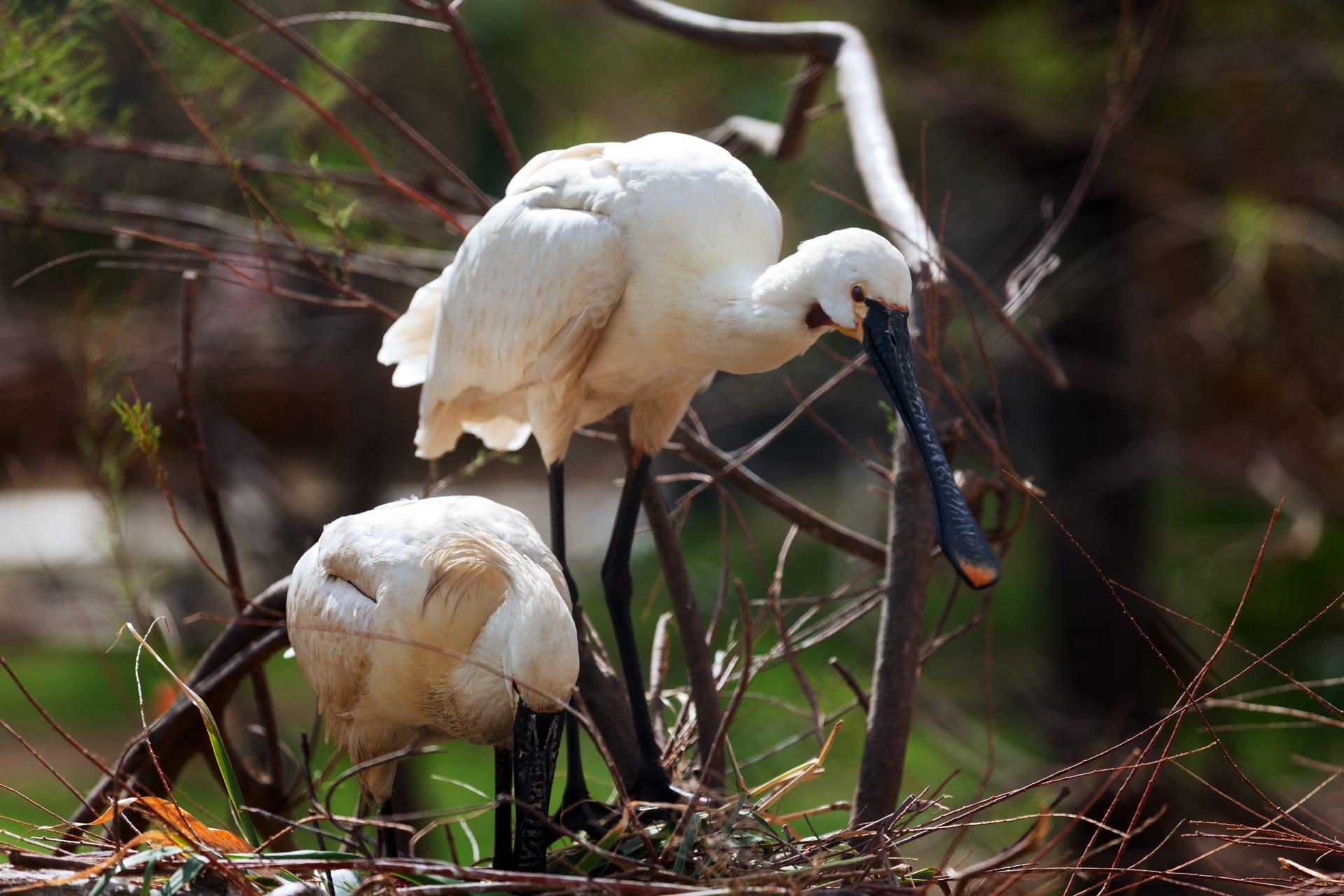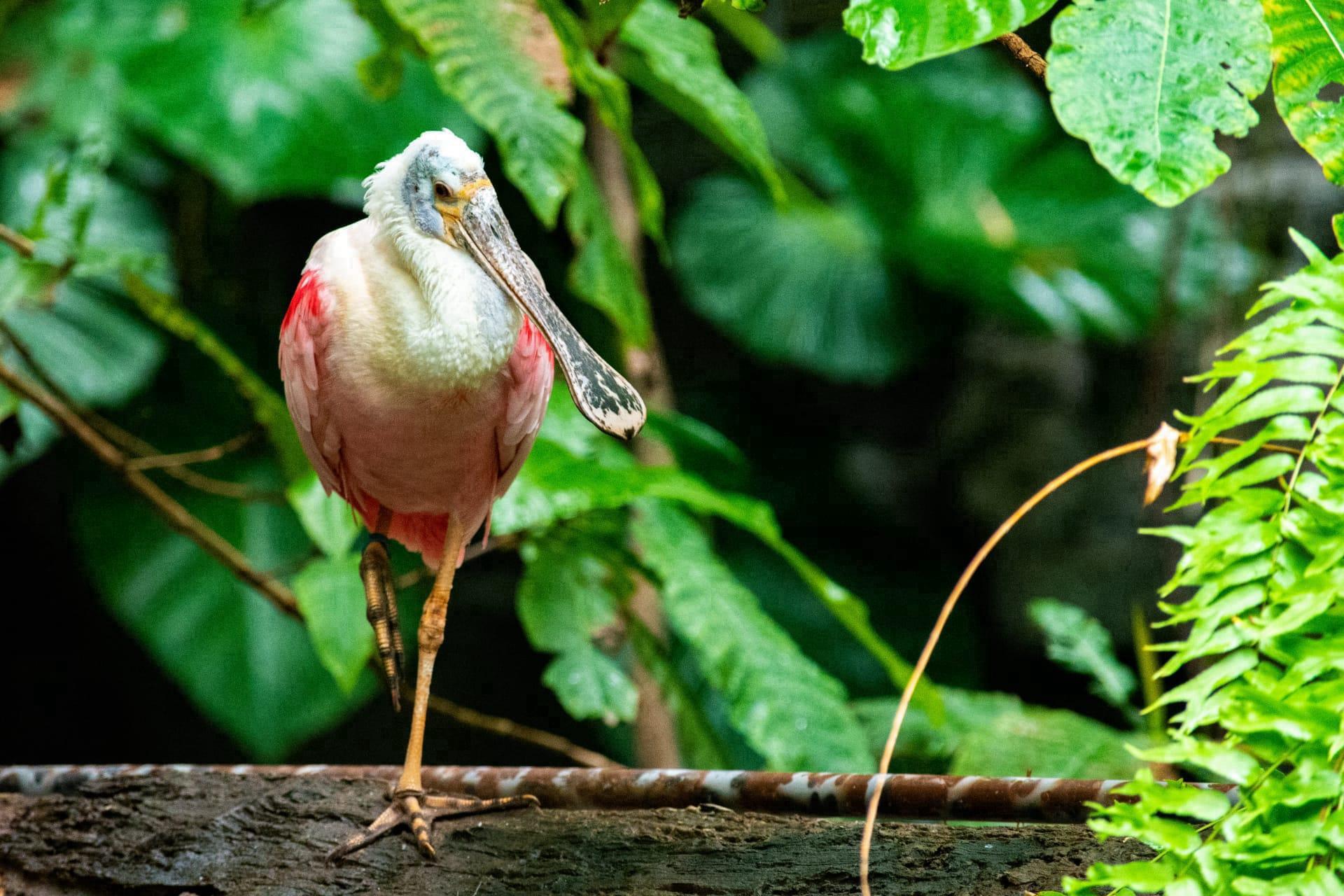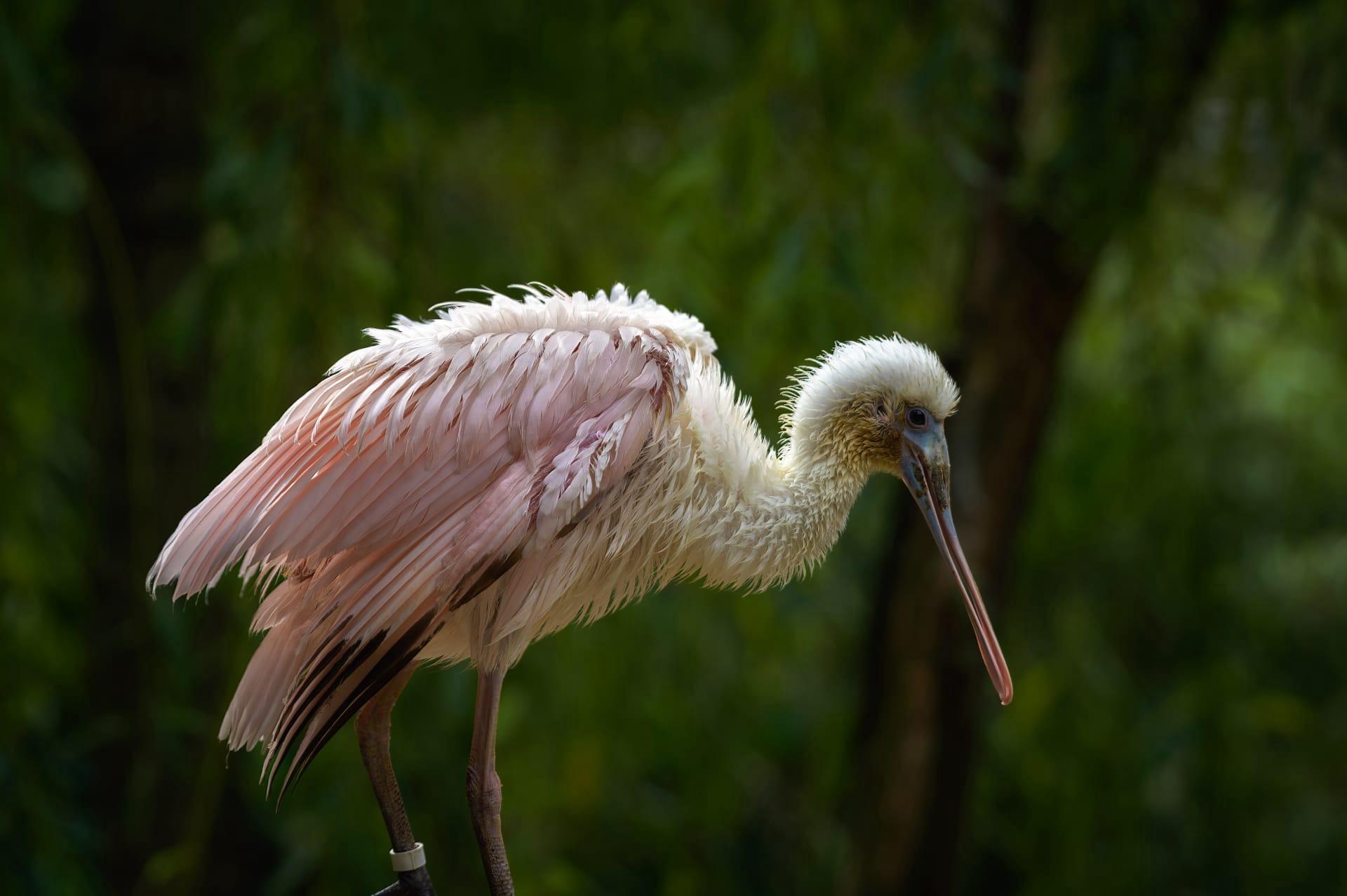Spoonbill Trivia
- Home /
- Trivia Question /
- Animal /
- Spoonbill Trivia
1
Question: What unique feature distinguishes the Spoonbill from other birds?
Answer: The most distinctive feature of the Spoonbill is its spoon-shaped bill, which is quite unusual in the bird world. This bill can be up to 6 inches long and is wider at the end than at the base. It's not just for show – this unique shape helps Spoonbills to sift through mud and water, catching small fish, crustaceans, and aquatic insects with ease.
Question: How does the Spoonbill use its uniquely shaped bill while feeding?
Answer: The Spoonbill feeds in a fascinating way. It swings its open bill back and forth through shallow water. When the bill touches a prey, like a fish or a crustacean, it quickly snaps shut. This feeding technique is known as "tactile foraging," and it allows Spoonbills to feed in muddy waters where visibility is poor. The edge of their bill is lined with sensitive nerve endings to detect prey.

2
Question: Do Spoonbills use their spoon-shaped bills to dig through soil?
Answer: Contrary to what some might think, Spoonbills don't use their bills to dig through soil. Their foraging is limited to shallow waters where they sweep their bills side to side. They rely on the sense of touch, rather than sight, to find food, which is usually small fish or aquatic invertebrates.
Question: Are Spoonbills solitary creatures?
Answer: Actually, Spoonbills are quite sociable birds. They are often seen in groups, sometimes in large colonies during the breeding season. These gatherings can be quite a spectacle, with their pink and white plumage and distinctive feeding behavior. They often roost and nest in trees or shrubs near water.

3
Question: How far can Spoonbills migrate?
Answer: Spoonbills are remarkable migrants. Some species, like the Eurasian Spoonbill, can travel over 1,000 kilometers during their migratory journeys. They migrate to warmer regions during winter, often covering vast distances between their breeding and wintering grounds.
Question: What is the lifespan of a Spoonbill in the wild?
Answer: Spoonbills can have a relatively long lifespan for birds. In the wild, they can live up to 15 to 20 years. Their survival depends on factors like habitat conditions, availability of food, and predation pressure. In protected environments, such as nature reserves, they tend to live longer due to reduced threats.

4
Question: What role does the Spoonbill play in its ecosystem?
Answer: Spoonbills play a crucial role in their ecosystems as both predators and prey. As predators, they help control populations of small fish and aquatic invertebrates. As prey, they are important in the food chain, supporting higher predators like eagles and large birds of prey. Their presence also indicates a healthy wetland ecosystem, as they require clean, shallow waters for feeding.
Question: Can Spoonbills change color?
Answer: Yes, Spoonbills can change color, but not in the way you might think. Their plumage color can vary depending on their diet. For example, the pink hue of the Roseate Spoonbill comes from carotenoids in their diet, mainly from eating shrimp. Their color can become more vibrant during the breeding season, making them an even more striking sight.

5
Question: How do Spoonbills communicate with each other?
Answer: Spoonbills communicate using a range of vocalizations and body gestures. During the breeding season, they become more vocal, making low, guttural sounds to attract mates and establish territories. They also use visual displays, like stretching their necks and flapping their wings, as part of their courtship rituals.
Question: Are Spoonbills endangered?
Answer: The conservation status of Spoonbills varies by species. While some like the Eurasian Spoonbill are considered of "Least Concern," others like the Black-faced Spoonbill are listed as "Endangered." Habitat loss and degradation, especially in wetland areas, are major threats to Spoonbill populations worldwide. Conservation efforts are crucial to protect these unique and fascinating birds.